The height of grass that you grow matters. So does the climate in which you live. Being aware of the growth pattern of cool climate grasses and warm climate grasses prevents you from creating more work for yourself by forcing you to cut the grass more frequently. It allows you to keep the grass at the recommended height, no matter if it’s a cool or warm climate grass.
The ideal grass height for cool climate grasses is 7 to 10 cm, which is preferable for mowing. Warm climate grasses should be no taller than 15 cm in the spring when they’re cut to make room for new growth. When mowed, you should set the mower to 2.54 cm for the cutting height.
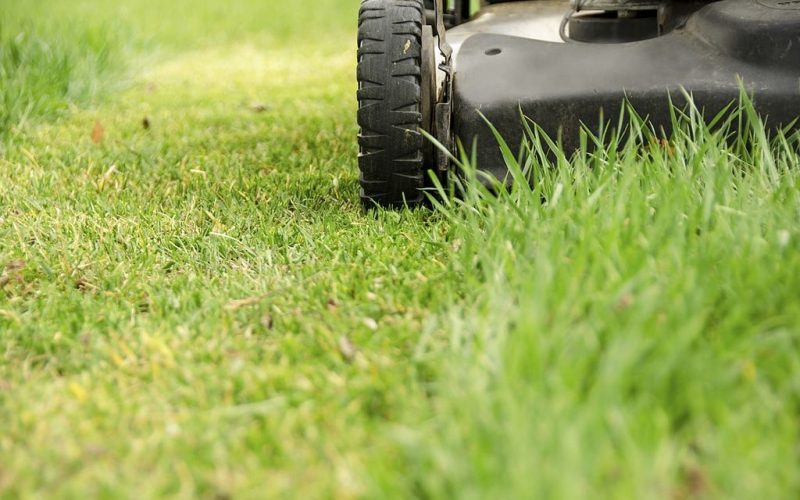
Cool Climate
There are many cool climate grass varieties that you likely grow or have considered growing. Some of the most popular options include Fescues Grass, Rye Grass, Bent Grass, and Bluegrass. Learning what the ideal height for each variety of grass listed here help you maintain your yard better and more effortlessly. For more info check out our cool climate grass guide.
Fescues Grass
Seven to ten centimeters in height should be the length of fescue grasses. The cool climate grass doesn’t need to be longer than that. Cutting grass when it gets taller than four inches is recommended to keep it healthy and neat looking.
Rye Grass
If not tended to, rye grass can grow up to 60 cms in height! During spring and fall, you can mow it to 5 to 5 ½ cm. In the summer, it can be allowed to grow a centimeter but no more than 7 to 7 ½ cm.
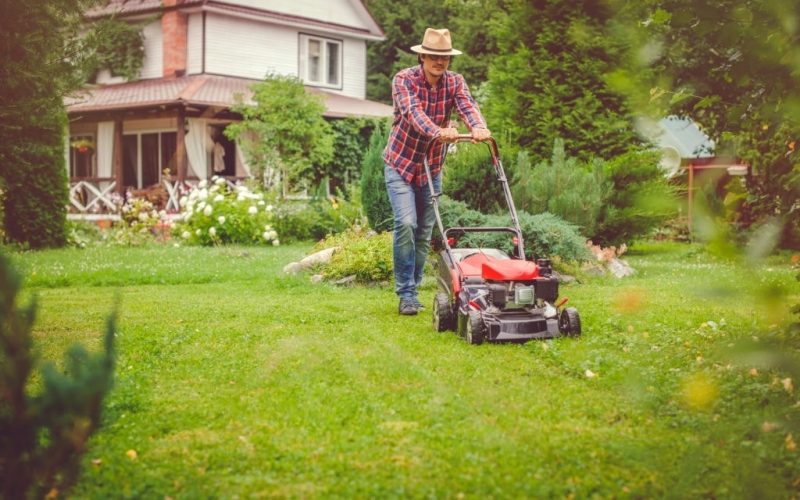
Bent Grass
One of the highest maintenance grasses available, bent grass must be mowed regularly. The ideal height for it is short because it is intended to be a turf grass. It and rye grass can be mowed at the same length.
Bluegrass
Best if mowed to 2 ½ to 7 ½ cms in height depending on the variety, bluegrass shouldn’t be shorter than the recommended height because it prevents photosynthesis from occurring. The grass doesn’t thrive or grow well if you’re cutting grass too short.
Warm Climate
If you live in a warmer climate, you’ll grow different types of grass than cool climate residents. Examples of warm climate grasses include Buffalo Grass, Durban Grass, Bahia Grass (Paspalum), Couches Grass, Queensland Bluecouch Grass, Zoysia Grass, and Kikuyu Grass. For more information check out our warm climate grass guide.
Buffalo Grass
Five to seven cms is ideal for this warmer climate grass. It can be mowed once a week with very little maintenance required. It grows well with little assistance and doesn’t require the level of upkeep some warm grasses do.
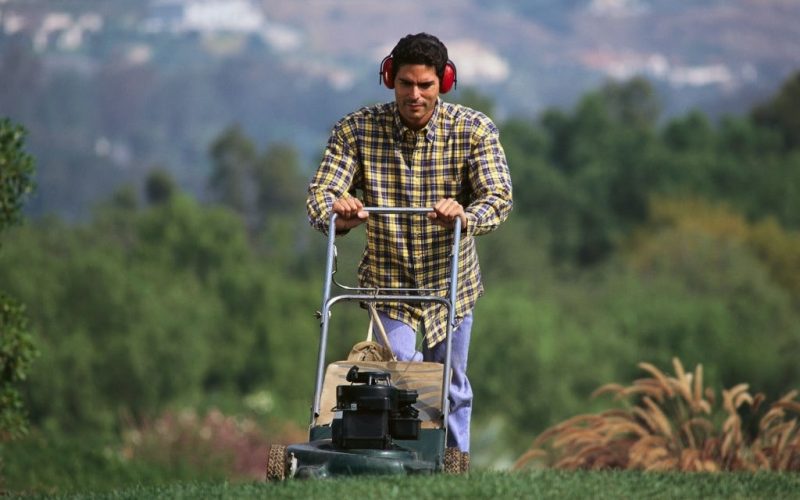
Durban Grass
Also known as ‘Sweet Smother’ grass, Durban grass is also best when it’s limited in height. It doesn’t need to be less than 5 cms when mowed. Less frequent mowing is necessary with this type of grass.
Bahia Grass (Paspalum)
This low maintenance grass is excellent for pastures. Even though it takes time to grow, it’s virtually drought-resistant and disease-free. Five to seven cms is best for the height of grass. If used where you keep livestock, it’s best to keep it a little longer because the animals graze on it.
Couches Grass
Along with buffalo grass, the best height for the grass is 2 to 4 cms. It’s best not to cut the grass during the winter. Couches grass can have sour sobs and winter weed growth removed. You should not mow it, though.
Queensland Bluecouch Grass
Native to Australia, the blue-green grass feels good to bare feet. You should keep it short, however. Two to four centimeters is ideal for most varieties of warm climate grass. It requires a lot of sunlight to grow optimally.
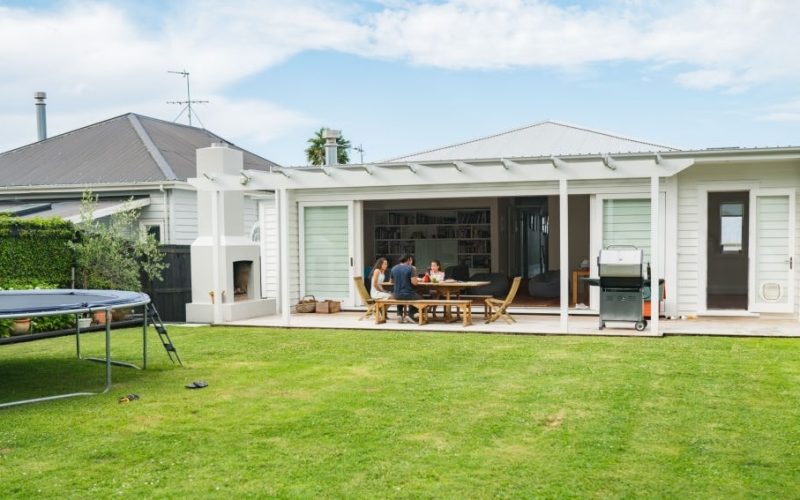
Zoysia Grass
This type of grass is ideal because it grows slowly and requires very little maintenance. The length that works best for it is 2 to 4 centimeters. It’s a very plush grass that is vibrant green in color.
Kikuyu Grass
Keeping the grass at 2 to 4 cms in length is ideal. It loves sunshine and grows very quickly. It needs to be mowed regularly to prevent overgrowth. It’s one of the types of grass you’ll need to keep your eye on often.
Now that you know the ideal height for cool and warm grasses, it’s important to understand how often you’ll need to mow. Some grasses need constant care and require mowing every few days because of their use as turf grasses for golf courses. Others require less frequent mowings with weeks going by before any noticeable growth occurs.
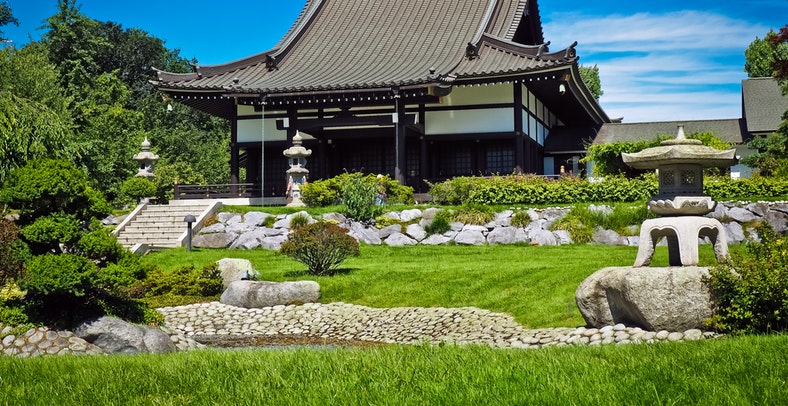
https://waterfallmagazine.com
Hi! I could have sworn I’ve been to this site before but after checking through some of the
post I realized it’s new to me. Anyways, I’m definitely happy I found it and I’ll
be book-marking and checking back frequently!